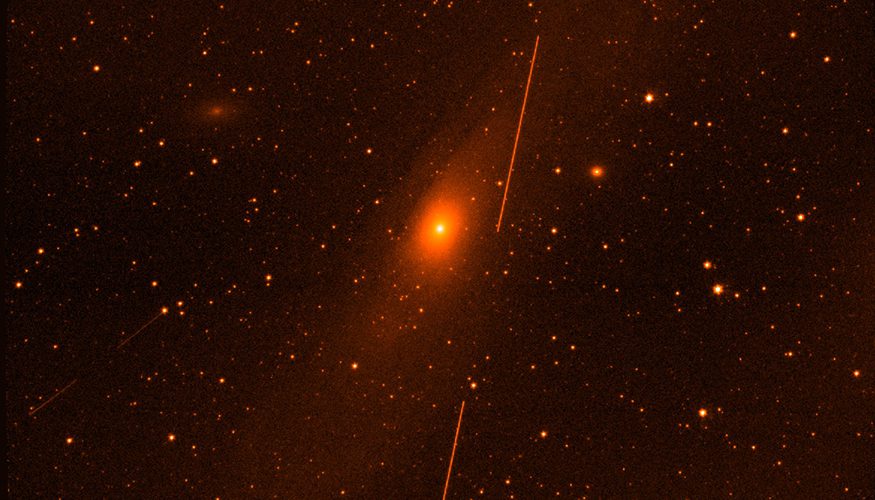WASHINGTON — The Lawrence Livermore National Laboratory's space imaging payload was chosen for a U.S. Space Force mission aimed at testing military capabilities to quickly deploy satellites in response to threats in orbit, as announced by the lab on May 8.
The upcoming mission, Victus Haze, is scheduled for launch in 2025. Two spacecraft — one from Rocket Lab and another from True Anomaly — will perform maneuvers in close proximity. The Livermore payload will be integrated in Rocket Lab’s vehicle.
Victus Haze is a mission that needs contractors to be ready to launch on short notice, and the Space Force expects the satellites to be operational within hours after launch.
“We are grateful to LLNL for providing their advanced optical payload for this pivotal demonstration,” said Lt. Col. Jason Altenhofen, director of operations for the Space Force’s Space Safari program, in a news release. “Agile integration and rapid on-orbit initialization of external payloads are key enablers to meet the Victus Haze mission objectives.”
‘Monolithic’ telescope
Ben Bahney, head of Lawrence Livermore’s space science and security program, said in a statement that the lab will provide a monolithic telescope built from a single piece of fused silica, “eliminating the need for alignment and calibration after manufacture while still providing the best possible resolution.” SpaceNews that the lab will provide a monolithic telescope made from a single fused silica piece, “avoiding the need for alignment and calibration after manufacturing while still offering the highest resolution possible.”
Livermore’s monolithic telescope was developed and patented by lab employees.
Bahney mentioned that the payload was used in a previous Space Force tactically responsive mission launched in 2021.
For Victus Haze, the lab will create a different version of the monolith payload used in previous missions, he said. “However, all of the major components have flight heritage.”
A monolith telescope from Livermore is currently operational on the GEOStare2 mission the lab launched in 2021 in partnership with Terran Orbital. The payload has two space telescopes that together have taken thousands of pictures for space domain awareness, astronomy and Earth observations.
Bahney said a gimballed monolith payload called Stellar Occultation Hypertemporal Imaging Payload was sent to the International Space Station and placed into storage in late April 2024 after a year of operations.
Another monolith payload will be part of a NASA Small Satellite Technology Program mission awaiting launch on the SpaceX Transporter 11 rideshare planned for July. Bahney said the mission is called Pathfinder Test Demonstrator-R, built on a Terran Orbital bus.









